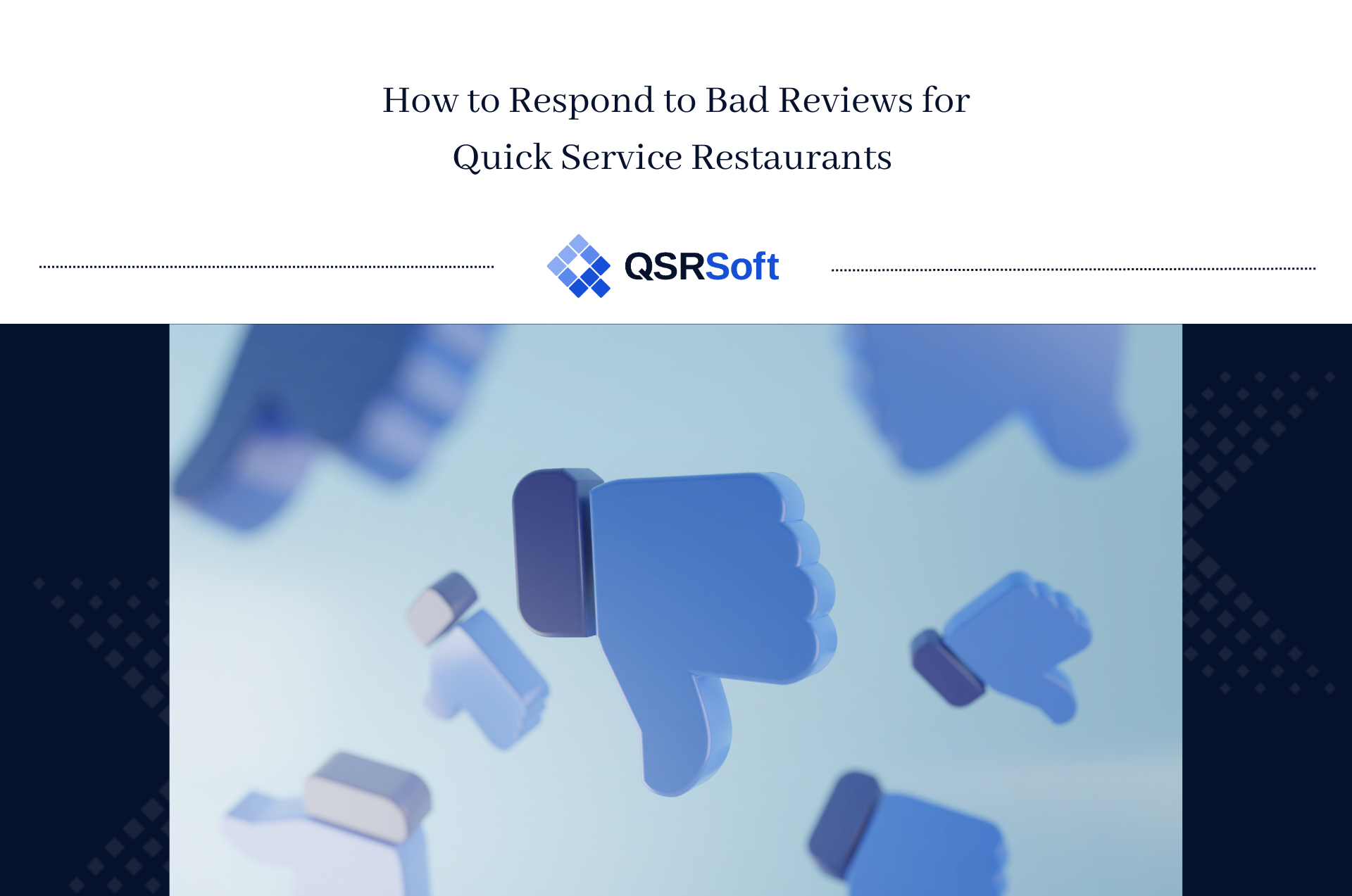In today’s era of the internet and social media, people love to share their opinions. Online review platforms have made it effortless for individuals to voice their recommendations and critiques.
Unfortunately, some individuals have a penchant for criticism.
Negative reviews hold the potential to impact your revenue just as profoundly as positive ones. Regardless of how exceptional your food and customer service may be, no quick-service restaurant is entirely immune to the occasional unhappy customer and the resulting negative feedback.
The silver lining is that you can take control of this situation by responding to bad reviews. When done thoughtfully, responding to negative reviews can transform them into opportunities for growth. In fact, a study has shown that nearly half of consumers are more inclined to patronize a business if the owner responds to negative online reviews.
However, as we’ve emphasized, the key lies in how you respond to these negative reviews. Your response can make or break your business. So, let’s delve into how to effectively address bad reviews for your quick-service restaurant.
The Perfect Formula for Responding to Bad Reviews of Your Quick Service Restaurant
Each negative review is unique, but there’s a general formula you can follow to construct your response:
- Thank the reviewer for their time.
- Offer an apology.
- Express empathy for their situation.
- Provide a solution.
- Invite them to continue the discussion privately.
Let’s explore each of these steps in more detail.
1 | Address and Thank the Reviewer
Avoid the mistake of employing a standardized response for every negative review. By personally addressing the reviewer and crafting a unique response, you demonstrate that you genuinely value and care about your customers. Use the reviewer’s name, express gratitude for their time, and acknowledge the specifics of their situation in your response. Avoid responding as the restaurant; instead, include your own name. For instance: “Hello, Andy, my name is Erin, owner of X place, and I would like to personally apologize.”
2 | Apologize
Never respond to a review when you’re angry. Some reviews can be harsh and may even target you or your employees personally. Take a moment to let go of any anger so you can respond professionally and calmly, defusing the situation. Offering an apology is crucial; it humanizes your business and demonstrates accountability for any mistakes. Even if you suspect a bad review is false or fabricated, apologize for the negative experience and aim to address the issue privately.
3 | Show Empathy
Avoid becoming defensive. Instead, put yourself in the reviewer’s shoes to empathize with their perspective. If you’re at fault for the issue raised in the review, take full responsibility; don’t leave room for interpretation. Let the reviewer know you understand their feelings and what went wrong.
4 | Provide a Solution
Remember, this isn’t solely about responding to a bad review; it’s about taking action and resolving the problem identified by the dissatisfied customer. Explain how you’ve rectified the error to prevent a recurrence in the future. You might also consider offering some form of compensation, such as a complimentary meal or a coupon, to encourage them to revisit your quick-service restaurant for a more positive experience.
5 | Encourage Private Discussions
Avoid crafting extensive responses to negative reviews. Instead, encourage the reviewer to continue the discussion through alternative channels like email, phone, or direct messages. This demonstrates your commitment to resolving the complaint, proving that you’re not dismissing their concerns and are willing to invest the necessary time to address them.
Final Tips and Takeaways
Remember to keep your responses concise, professional, and helpful. Don’t take negative feedback personally; view these situations as opportunities for learning and growth. Respond in a personalized manner, avoiding generic, copy-and-paste replies. Lastly, stay vigilant in monitoring your reviews, both positive and negative, to retain current customers and attract new ones who can see your genuine commitment to customer satisfaction!


